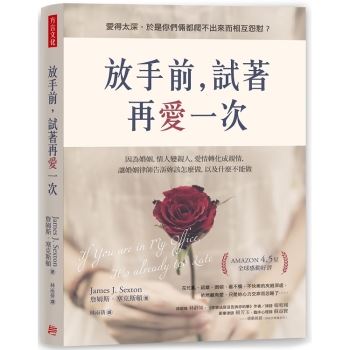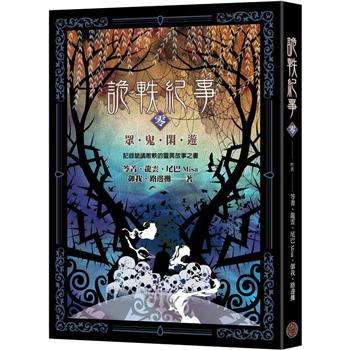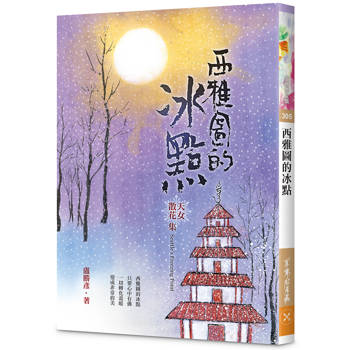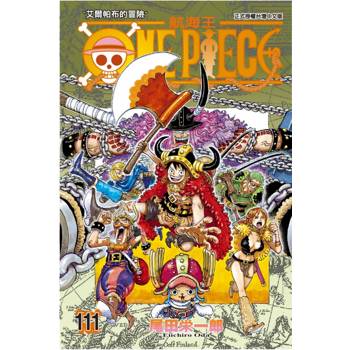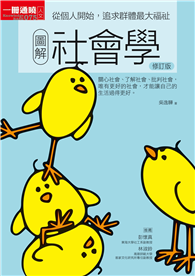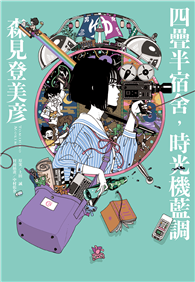This book is an excellent tool to learn how people used to live in Central Africa around 1960 when many African countries started to become politically independent. One would learn how people lived, worked, socialized, traveled, took care of themselves when sick, the children and women contributing to the family economy, the system of education, family ties, territorial occupations, tribal relations, language formations, and settlements of the population.. He would also learn what happened from around 1954 concerning the struggles for independence, and the first leaders of African nations. One would also learn about the difficulties of going to school, getting good health care, Black and White relations, and discrimination in reverse, difficulties of making a living, Christianity, paganism, and poverty. Concerning the United States, one will learn about problems foreigners face in the United States in order to be acclimated, and acculturated, differences in culture, eating habits, weather, language, socialization, help for the poor, the role of church, education opportunities, humanitarian and Christian love, relations between Blacks from Africa, and African Americans, between Africans living in the States and those at home, problems between those living in the States, problems of alienation of most children of the second generation of the immigrates. This book deals with men and women issues, Christian religion, paganism, and faith in God, the love of God, and serving others as a result of what God has done in someone's life. This book is easy to read. It is good for those who would like to learn about African culture and people, the way others look at and see Americans; things to learn from each other as groups of people living in the same environment. Young people, families, churches, schools, anthropologists, sociologists, and political scientists may use this book. These are wishes of the author, Francois K. Akoa-Mongo"
| FindBook |
有 1 項符合
The Life of Akoa-Mongo Kara from Africa to the United State, Maine: And a Story Covering 14 Generations of an African Family的圖書 |
 |
The Life of Akoa-Mongo Kara from Africa to the United State, Maine: And a Story Covering 14 Generations of an African Family 作者:Akoa-mongo 出版社:Trafford Publishing 出版日期:2010-12-28 語言:英文 規格:平裝 / 352頁 / 22.9 x 15.2 x 1.8 cm / 普通級 |
| 圖書館借閱 |
| 國家圖書館 | 全國圖書書目資訊網 | 國立公共資訊圖書館 | 電子書服務平台 | MetaCat 跨館整合查詢 |
| 臺北市立圖書館 | 新北市立圖書館 | 基隆市公共圖書館 | 桃園市立圖書館 | 新竹縣公共圖書館 |
| 苗栗縣立圖書館 | 臺中市立圖書館 | 彰化縣公共圖書館 | 南投縣文化局 | 雲林縣公共圖書館 |
| 嘉義縣圖書館 | 臺南市立圖書館 | 高雄市立圖書館 | 屏東縣公共圖書館 | 宜蘭縣公共圖書館 |
| 花蓮縣文化局 | 臺東縣文化處 |
|
|
圖書介紹 - 資料來源:博客來 評分:
圖書名稱:The Life of Akoa-Mongo Kara from Africa to the United State, Maine: And a Story Covering 14 Generations of an African Family
|


